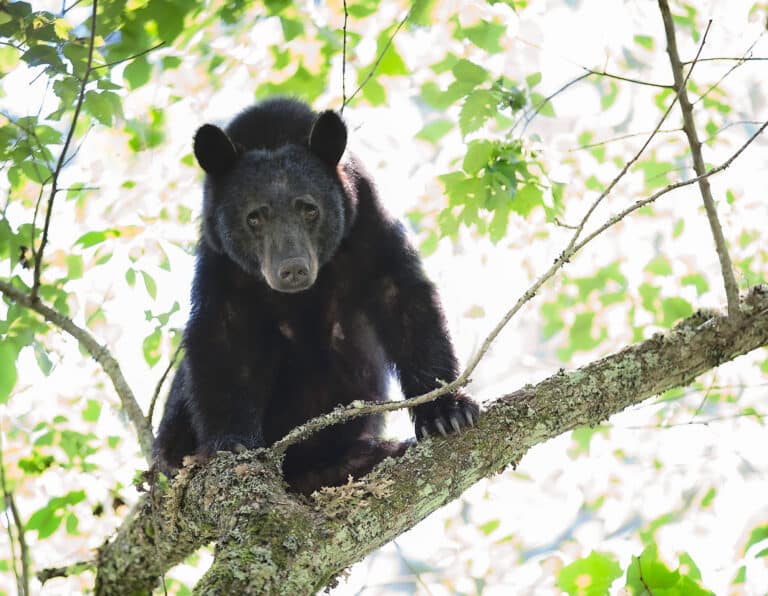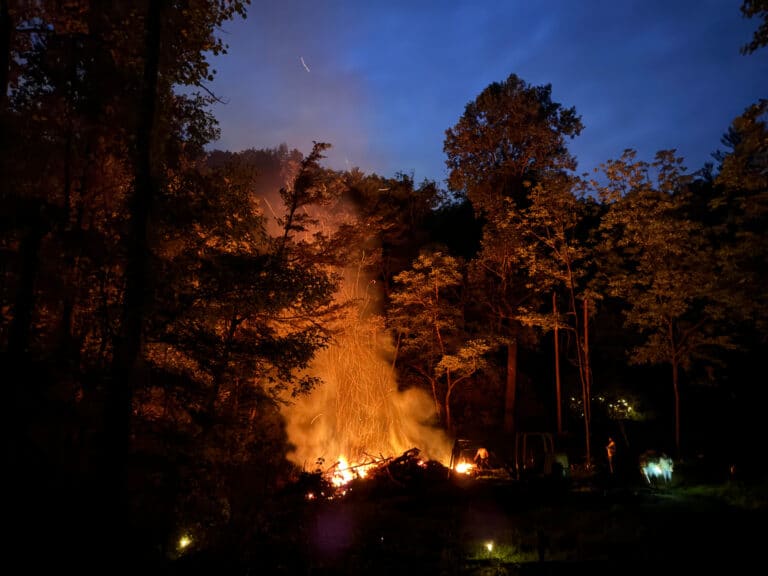Two centuries ago, native elk roamed the Southern Appalachians. Now, more than 150 years after extinction from over-hunting, the Virginia Department of Game and Inland Fisheries (VDGIF) is considering a full reintroduction of a bigger relative—Rocky Mountain Elk—in the southwestern coalfields region of the Commonwealth.
 An estimated 150 Rocky Mountain Elk already reside in Southwest Virginia. They’ve gradually wandered over the state line from Kentucky, where an organized reintroduction program has yielded a thriving population of 11,000 elk. In addition to Kentucky, small populations of elk have been successfully reintroduced in the Smoky Mountains of North Carolina and Tennessee, as well as Pennsylvania. The impressive mammals are the second largest in the deer family behind the moose. Bulls usually weigh between 600 and 700 pounds, while cows hover around 500. Although the Rocky Mountain Elk is slightly larger, it is the same species that once thrived in the Southeast.
An estimated 150 Rocky Mountain Elk already reside in Southwest Virginia. They’ve gradually wandered over the state line from Kentucky, where an organized reintroduction program has yielded a thriving population of 11,000 elk. In addition to Kentucky, small populations of elk have been successfully reintroduced in the Smoky Mountains of North Carolina and Tennessee, as well as Pennsylvania. The impressive mammals are the second largest in the deer family behind the moose. Bulls usually weigh between 600 and 700 pounds, while cows hover around 500. Although the Rocky Mountain Elk is slightly larger, it is the same species that once thrived in the Southeast.
“They’re part of our native fauna,” says Allen Boynton, wildlife regional manager for the VDGIF. “Some people have incorrectly inferred that the name Rocky Mountain Elk means a different species than we had here years ago. It’s the same species that’s thrived all over the Northern Hemisphere at different times.”
A draft management plan on how to handle the elk population in Virginia is in the works. Possible options include bringing in more animals from the West or imposing a ban on hunting and letting elk multiply gradually. The plan will be presented for public comment in April.
In Kentucky, the elk reintroduction has been focused on reclaimed mountaintop removal sites. The idea is to give new life through tourism to the ravaged strip mine fields that are typically covered with grass after coal excavation. Officials in Virginia think increasing elk populations could make their own coalfields a wildlife destination. Elk viewing has become an increasingly popular attraction in Great Smoky Mountains National Park.
But many Virginia farmers have adamantly opposed the idea. Out West, elk have been known to disrupt livestock and transmit diseases like tuberculosis. Vehicle collisions are also a concern.
“With the way land in the East has been developed, you can only manage elk successfully where you don’t have a substantial conflict with agricultural interests,” says Boynton. “Fortunately, elk are very adaptable to a variety of habitats.”







